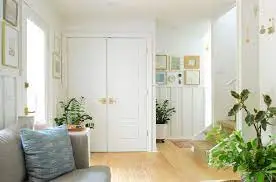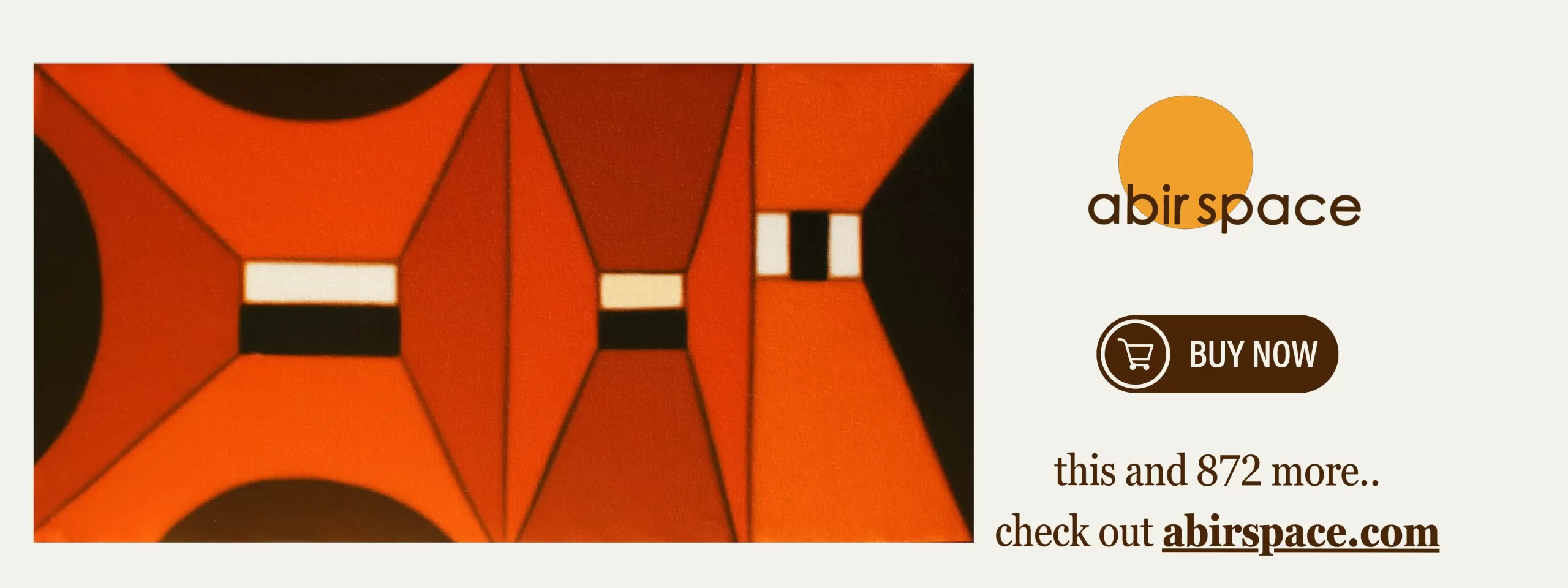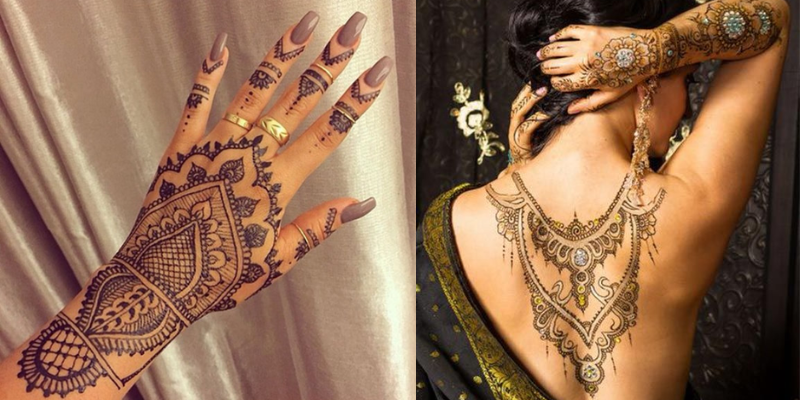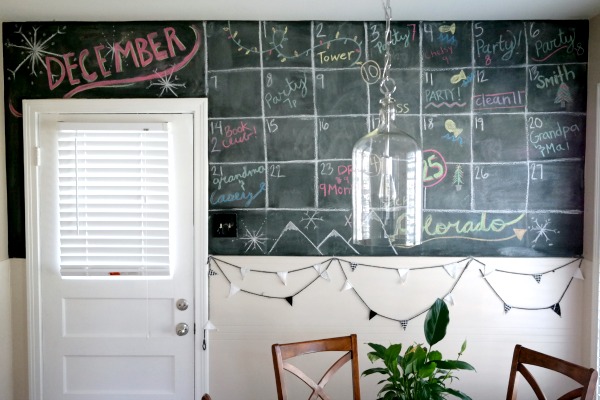Creating a beautiful, functional home is an art that balances aesthetics with practicality. However, even with the best intentions, many homeowners fall into common design traps that can make their spaces feel uninviting, cluttered, or dysfunctional. Here are five major interior design mistakes and expert-backed solutions to transform your home into a space that’s both stunning and livable.
1. The Monotonous Single-Tone Trap
The Mistake: Painting every wall in the same color throughout your home might seem like a safe choice, but it creates a flat, uninspiring environment that lacks personality and visual interest. This approach can make rooms feel sterile and one-dimensional, especially when paired with decor that matches the wall color exactly.
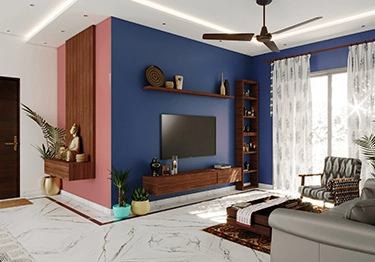
The Solution: Embrace the power of contrast and color variation. Consider painting one accent wall in a contrasting color to create a focal point and add depth to your room. You don’t need to go bold – even subtle variations within the same color family can make a significant difference. Mix and match colors thoughtfully, using the 60-30-10 rule: 60% dominant color, 30% secondary color, and 10% accent color. When selecting decor, choose pieces that contrast with your wall colors rather than blend in. This creates visual layers and prevents your space from looking flat and tiresome.
2. Furniture Overload: When More Becomes Less
The Mistake: It’s tempting to fill every corner of your home with furniture, especially when you find pieces you love. However, crowding your space with too much furniture creates a cramped, chaotic environment that’s difficult to navigate and visually overwhelming.
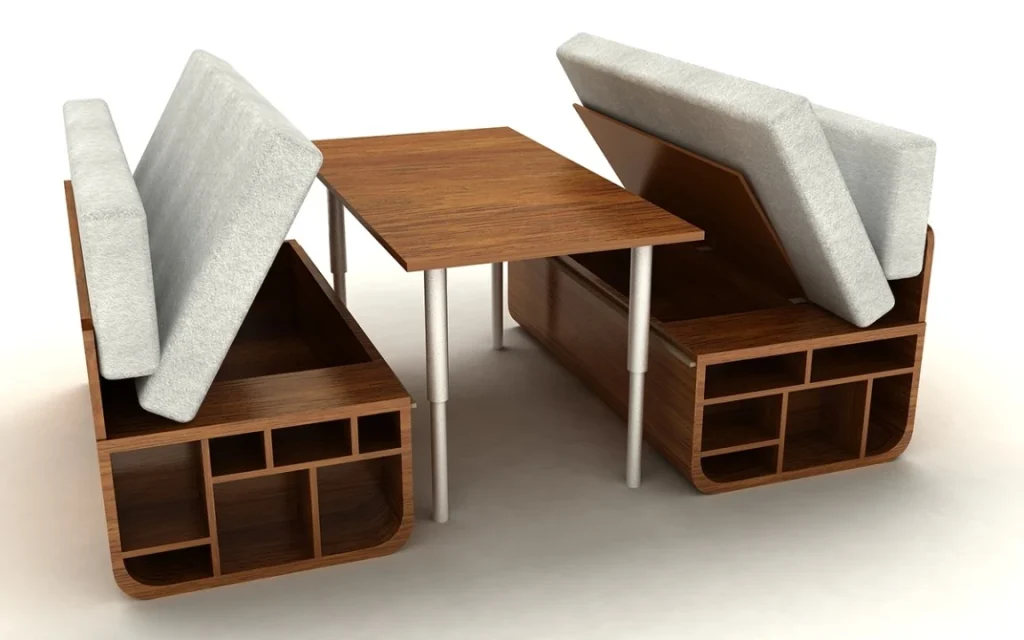
The Solution: Practice restraint and prioritize functionality over quantity. Start by identifying the essential pieces you need for each room, then add selectively. Leave breathing room between furniture pieces to create natural pathways and visual rest areas. Consider multi-functional furniture that serves multiple purposes, such as ottomans with storage or dining tables that can double as workspaces. Remember, empty space is not wasted space – it’s an essential design element that allows your chosen pieces to shine.
3. The One-Style Syndrome
The Mistake: Sticking rigidly to one design style throughout your entire home can create a space that feels like a showroom rather than a lived-in, personalized environment. This approach lacks the visual interest and personality that make a house feel like a home.
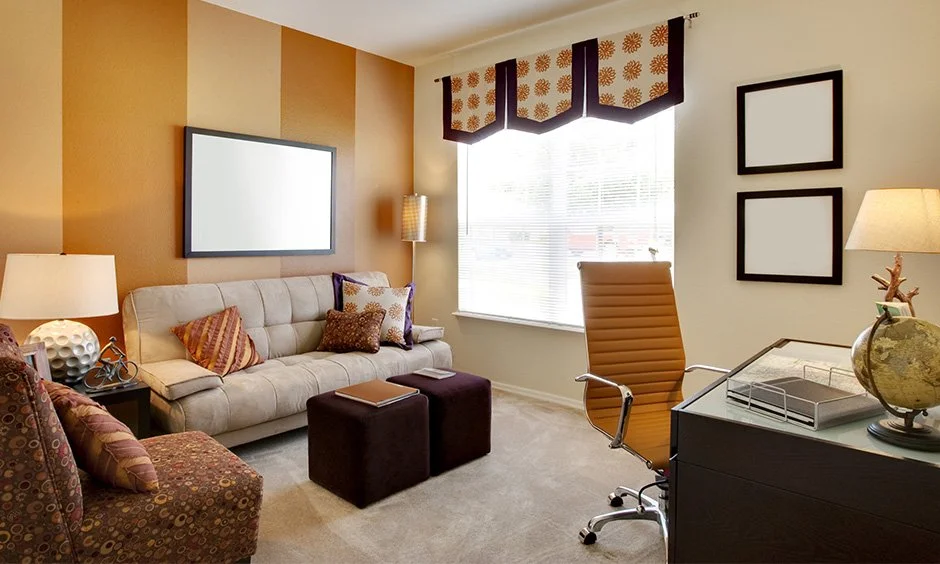
The Solution: Master the art of mixing styles and textures while maintaining overall cohesion. Even if you prefer modern, minimalist, or industrial aesthetics, incorporate contrasting elements to create visual interest. Pair metal fixtures with warm wood accents, combine sleek glass surfaces with textured fabrics, or mix contemporary furniture with vintage accessories. The key is to maintain a common thread – whether it’s a consistent color palette, similar proportions, or repeated materials – while varying textures, finishes, and styles to create depth and personality.
4. Style Over Substance: The Beauty Trap
The Mistake: Falling in love with visually stunning pieces without considering their practicality is one of the costliest interior design mistakes. Glass coffee tables that show every fingerprint, open shelving that requires constant maintenance, or trendy lighting that provides inadequate illumination can lead to daily frustration and expensive replacements.
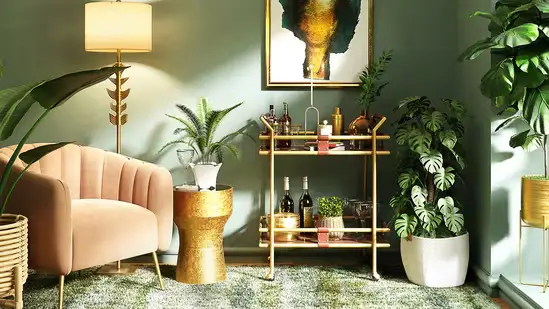
The Solution: Start with your lifestyle and design around how you actually live. Consider your family’s needs, pets, cooking habits, and work-from-home requirements before making any design decisions. Prioritize storage solutions from the beginning – lack of adequate storage is one of the biggest pain points in modern homes. Plan for hidden cabinets, bed storage, built-in units, or loft storage to keep clutter at bay. Choose materials that suit your climate and usage patterns, especially in high-traffic areas like kitchens and bathrooms. Opt for marine plywood in humid conditions, anti-rust fixtures, and washable fabrics. Most importantly, invest in timeless foundational pieces and express trends through easily changeable accessories like throw pillows, artwork, or decorative objects.
5. The Pure White Pitfall
The Mistake: While bright, white interiors are popular and can make spaces feel larger, relying solely on pure brilliant white can create a cold, clinical atmosphere that lacks warmth and character. This stark approach often makes rooms feel more like hospitals than homes.
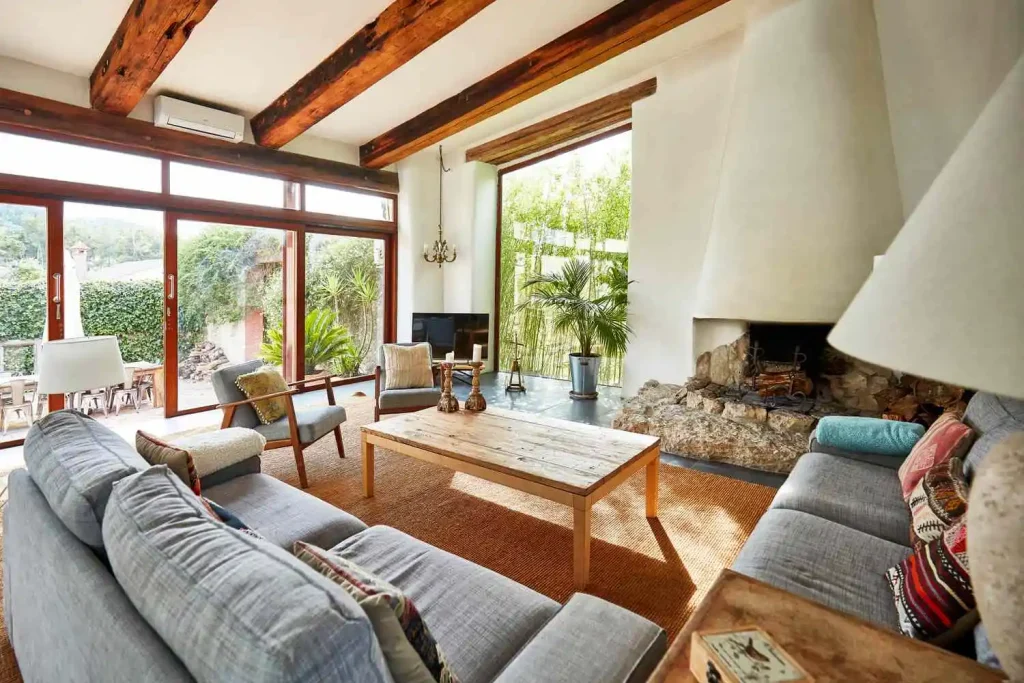
The Solution: Explore the rich world of off-white shades that can transform your space while maintaining that bright, airy feeling you’re after. Warmer off-whites with red or yellow undertones create a softer, creamier look that feels more inviting. Cooler off-whites with purple or blue undertones offer a sophisticated grey finish that adds depth without darkness. These nuanced whites are the unsung heroes of interior design because they add atmosphere, warmth, and visual interest before you even begin selecting furniture and accessories. Consider using different off-white shades on different walls or in different rooms to create subtle transitions and maintain visual interest throughout your home.
The Professional Advantage
While these guidelines can help you avoid common pitfalls, working with experienced interior designers can ensure your design choices are practical, climate-appropriate, and future-ready. Professional designers bring expertise in space planning, material selection, and trend forecasting that can save you time, money, and frustration in the long run.
Remember, great interior design isn’t just about following trends or rules – it’s about creating a space that reflects your personality while serving your daily needs. By avoiding these common mistakes and focusing on the balance between form and function, you’ll create a home that’s both beautiful and truly livable.
Featuring Image Courtesy: Young House Love

Minerva is a visual artist and currently serves as a sub editor at Abir Pothi.

